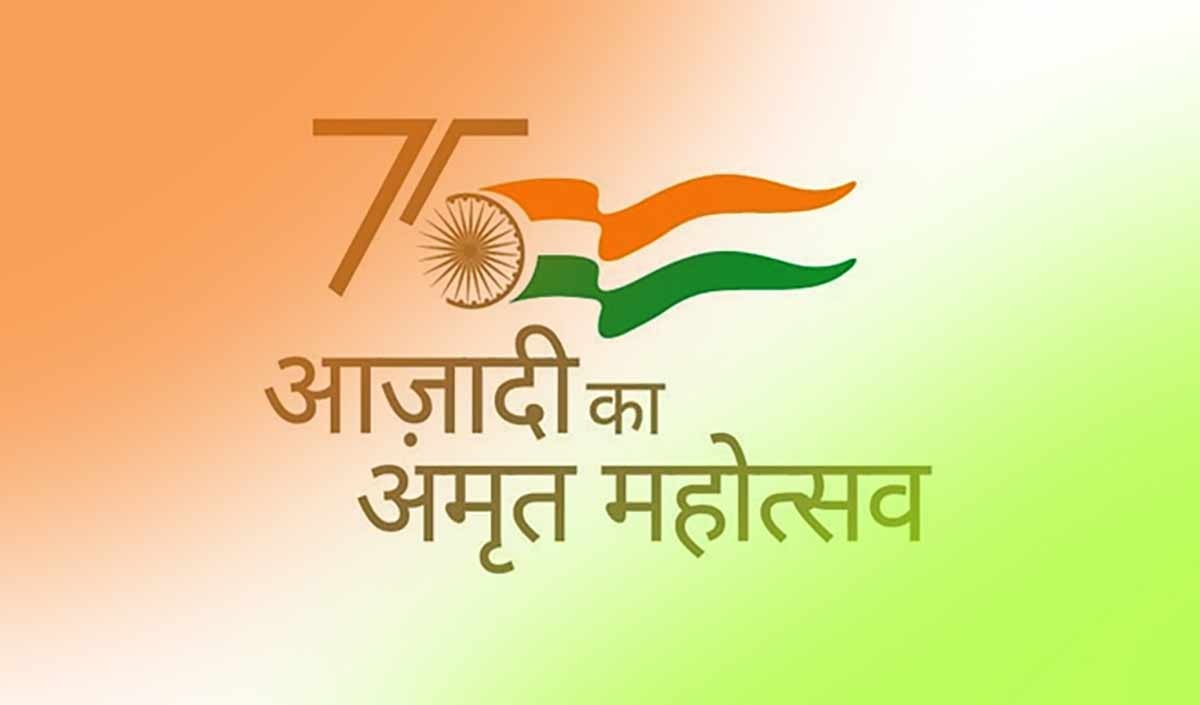India's new age Infrastructure
The Master stood upon the mount and taught.
He
saw a fire in his disciples’ eyes;
‘The
old law’, they said, ‘is wholly come to nought!
Behold
the new world rise!’
This excerpt from the beautiful poem ‘Progress’ written by one of the celebrated English poets Mathew Arnold summarizes India’s growth story. From exquisite diamonds to most advanced texts like Upanishads, from a major exporter of textiles and spices to a home of highly sophisticated agricultural technology, India had it all.
Sadly, history took its course and India came under the imperialist
ambitions of the British Empire. India was plundered, looted, and deprived of
its natural wealth. To serve the interest of the British Raj the Indians were
made to suffer. Poor infrastructure under the Britishers was one of the reasons
to name a few. Though Britishers constructed the railway lines and the so-called
Indian road network (0.399 million Km Road network and 42,000 miles of railway
lines) However, the distribution of these lines was heavily skewed towards
serving colonial interests, and many regions were left underserved. One such
failure of infrastructure during British rule was Bengal Famine (1943-1944)
where over four million lives were lost. We will not be wrong to call it a
man-made famine!
It is in this context India got independence, the only positive thing we inherited from those colonialists was our inspiration and ambition to build a modern India. India blooms on economic prosperity, where inclusive infrastructure creates a way for intra and inter-generational equity, Where the roads connect the farthest village and modern cities emerge as a model for planned development for the whole world.
Soon after Independence, India’s infrastructure expanded by leaps and
bounds. The government realizes that a country's level of human and economic
development is closely related to its levels of achievement in physical and
social infrastructure and therefore it heavily invested in infrastructural
projects like railways, roads, power, and telecommunications directly improving the
quality of life of the people. The first five-year plan based on Harrod Damodar's
model focussed on capital accumulation and increasing the productive capacity of
the economy. Later projects like Bhakra Nangal Dam, Hirakud Dam, Bhilai Steel
Plant (1955) and Bokaro Steel Plant (1964), Atomic Energy Establishment, Damodar
Valley Corporation (DVC) and Nagarjuna Sagar Dam etc. led to social
transformation and helped in the removal of regional imbalances in our country.
The overall length of the Indian road network has grown from 0.399
million km in 1951 to 4.70 million km as of 2015, which makes it the third
largest roadway network in the world. Additionally, India's national highway
system now spans 1, 37, 625 kilometres in 2021, up from 24,000 km (1947–1969).
In the same manner, India has risen to become Asia's third-largest electricity
generator. It increased its ability to produce energy from 1,362 MW in 1947 to
3, 95, 600 MW.
When today we are celebrating the Azadi ka Amrit Mahotsav, 75 years of
our glorious past and entered the Amrit Kaal we need robust, sustainable, and
inclusive infrastructure which carries the capacity for linking - India with
Bharat that is urban with the rural, modernization with traditionality and most
importantly growth with equity. Infrastructure spending has a strong multiplier
effect through various channels including employment generation, increasing the
competitiveness of our manufacturing and services sector, attracting FDI and
improving the standard of living of people of our country. Post Pandemic world
is constantly changing, and it offers India the opportunity to diversify the global
supply chain. For this India requires a global competitive edge which is only
possible in the presence of world-class infrastructure. The government has
launched various schemes in this direction like PM Gati Shakti- National master
plan for multi-modal connectivity, National Infrastructure pipeline (total
infrastructure planned at US $1.5 trillion), National monetisation pipeline
which aims at increasing the value of brownfield assets, National Investment, and
Infrastructure Fund (created in 2015), National logistics policy and many more.
The government’s policies and initiatives demonstrate its recognition of the
critical role that infrastructure plays in driving economic growth and
development.
However, there are various grounds on which our infrastructural push
faces various critical challenges- Red Tapism or excessive bureaucratic
regulations delay the time of getting contracts for construction and
developmental projects. Not adopting the proper plug-and-play model leads to
delays in environmental clearance and hence leads to long-term high costs and
become a time taken process. In terms of Indian society land acquisition also
remains a challenge where a large number of farmers are against giving their land
to large energy or connectivity projects. To date also the real potential of the PPP (Private-Public-Partnership) model has not been utilized properly.
There are various suggested reforms to the above problems like having a faster land acquisition mechanism for example the UDAN scheme in the aviation
sector, Proper exit norms for the private sector in the PPP model, adequate
availability of Funds, proper dispute resolution mechanism, framing independent
authorities like Project Monitoring Group (PMG) to track frozen projects and
remove bottlenecks etc.
As we all know an economy's infrastructure is pivotal in propelling its
progress and setting the stage for its future development possibilities.
Infrastructure development is crucial to achieving the India 2047 vision for a $
40 trillion economy. Today India is initiating ambitious projects like the Chenab
bridge, which is built at one of the highest altitude points and it shows the
capability of our engineers. The journey ahead may be filled with numerous
complexities and challenges but with visionary leadership, innovative
solutions, a shared determination and most importantly Jan Bhaghidari. India's
Next-Gen Infrastructure has the potential to shape a genuinely transformative and remarkable future.
When we all 150 crore Indians collaborate together then perhaps the
words of Khalil Gibran may lighten up “ Perhaps time’s definition of coal is
diamond” and India which was known as golden sparrow in the past may shine just
like diamonds on the global stage.





Comments
Post a Comment